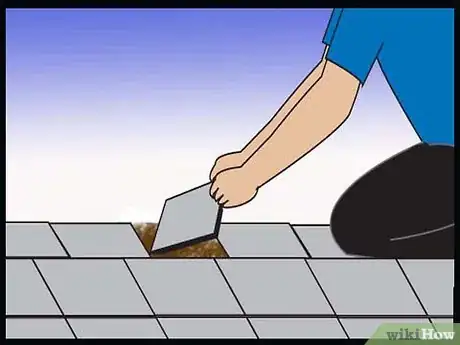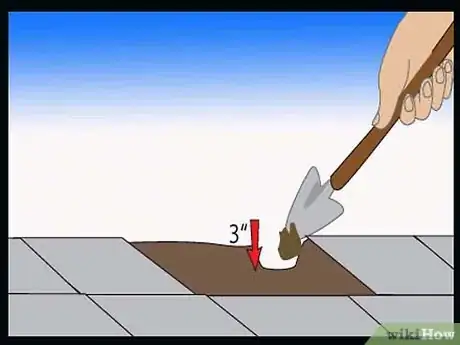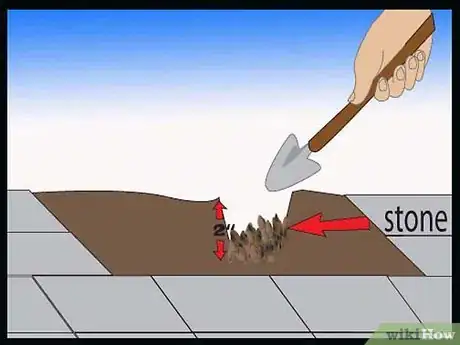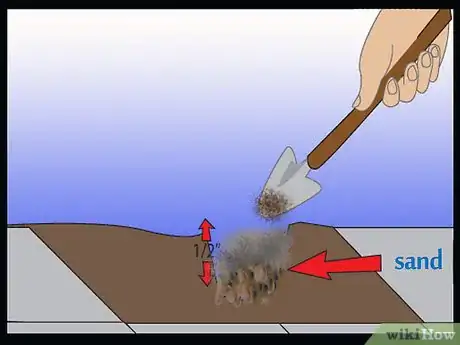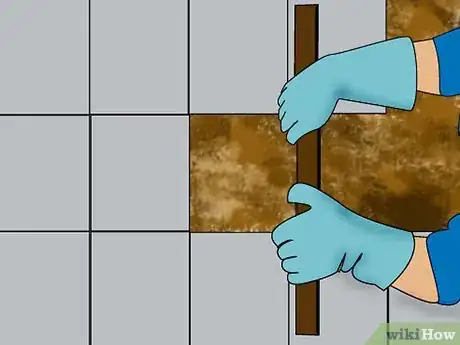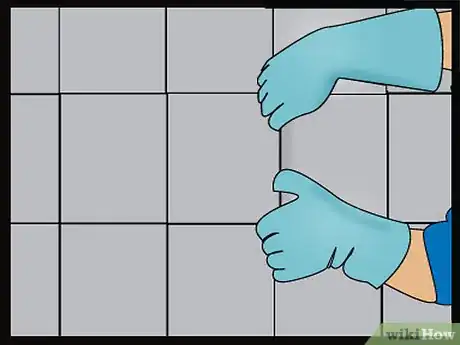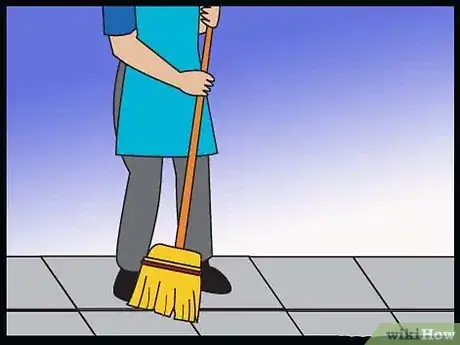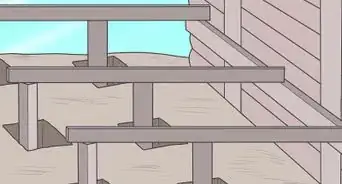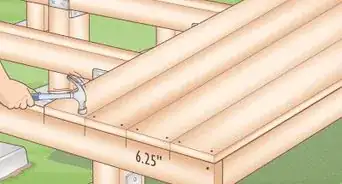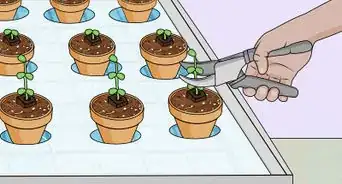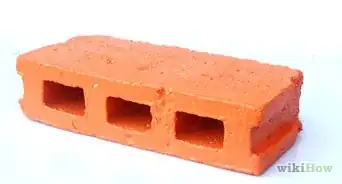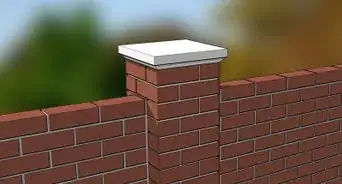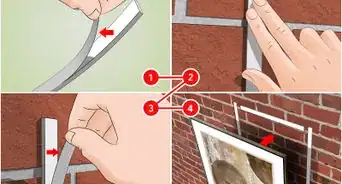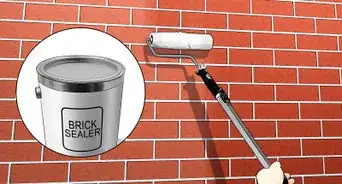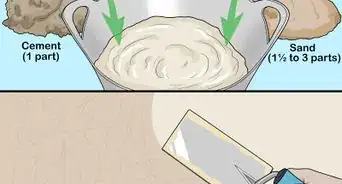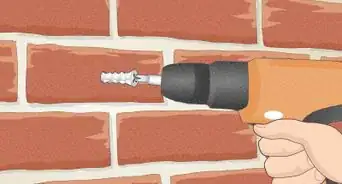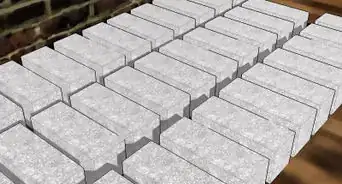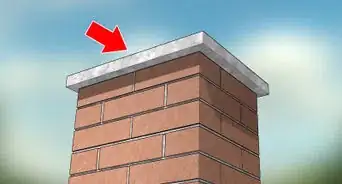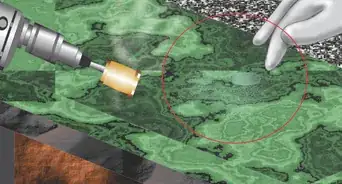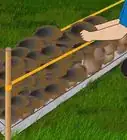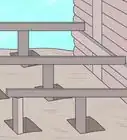X
wikiHow is a “wiki,” similar to Wikipedia, which means that many of our articles are co-written by multiple authors. To create this article, 18 people, some anonymous, worked to edit and improve it over time.
This article has been viewed 98,814 times.
Learn more...
Patio stones sink from unstable (soft) ground, normally caused by improper drainage. The only way to permanently correct this is to stabilize the ground and allow the water to drain away. If your patio is at the bottom of a hill or in a depression in your yard, you might want to think about re-landscaping your yard.
Steps
-
1Remove the problem stone and all stones next to it.
-
2Dig down into the ground about 3" (If you're not that strong, rent a "Bobcat" (a small excavator), to do the job.Advertisement
-
3Backfill with 2" of coarse stone to allow proper drainage. Even out as level or close to level as possible.
-
4Backfill with 1.5" - 2" of coarse sand or fine gravel
-
5With a 2x4 or other straight board scrape the top layer smooth using a level to guide you. Let the sand sit slightly higher then the base of the other patio stones to allow for settling.
-
6Place the patio stones back in their respective places.
-
7Use some sand and a broom to fill in the gaps between the stones to keep them from shifting when in place, this also helps by reducing the weeds from growing up between the stones.
Advertisement
Community Q&A
-
QuestionWhat can I do with old patio stone? Can I use it to level the ground?
 Community AnswerYou can: Make a walkway or yard bench area. Edge a planting bed, flat or dug-in vertically. Edge a driveway or walkway. Stack it in an overlapping fashion to create a raised planting bed or fire-pit. Line a bare ground shed floor or dog house. Use it as flooring in a very sturdy tree house. Use it as an outdoor shower's flooring or above-ground pool's stair landing. Mortar it together in a column and attach a mailbox atop. See if Goodwill or a landscaper wants it. Craigslist if you ultimately just want it hauled away.
Community AnswerYou can: Make a walkway or yard bench area. Edge a planting bed, flat or dug-in vertically. Edge a driveway or walkway. Stack it in an overlapping fashion to create a raised planting bed or fire-pit. Line a bare ground shed floor or dog house. Use it as flooring in a very sturdy tree house. Use it as an outdoor shower's flooring or above-ground pool's stair landing. Mortar it together in a column and attach a mailbox atop. See if Goodwill or a landscaper wants it. Craigslist if you ultimately just want it hauled away.
Advertisement
Warnings
- This requires a lot of time, and can be more labour intensive than expected.⧼thumbs_response⧽
- NOTE: Before digging, even if you think it's safe, contact your local power and gas companies (for example, in one region it's 1-800-DIG-SAFE), to make sure you won't hit any electric or gas lines, which could be deadly! Also check your lot plan to see where sewer lines run. Cutting into sewer lines is messy, a bio-hazard and very expensive to fix!⧼thumbs_response⧽
Advertisement
Things You'll Need
- Shovel
- Coarse Gravel or 1" stone
- Coarse sand or fine gravel
- Wheelbarrow
- 2x4
- Level
- Broom
About This Article
Advertisement
